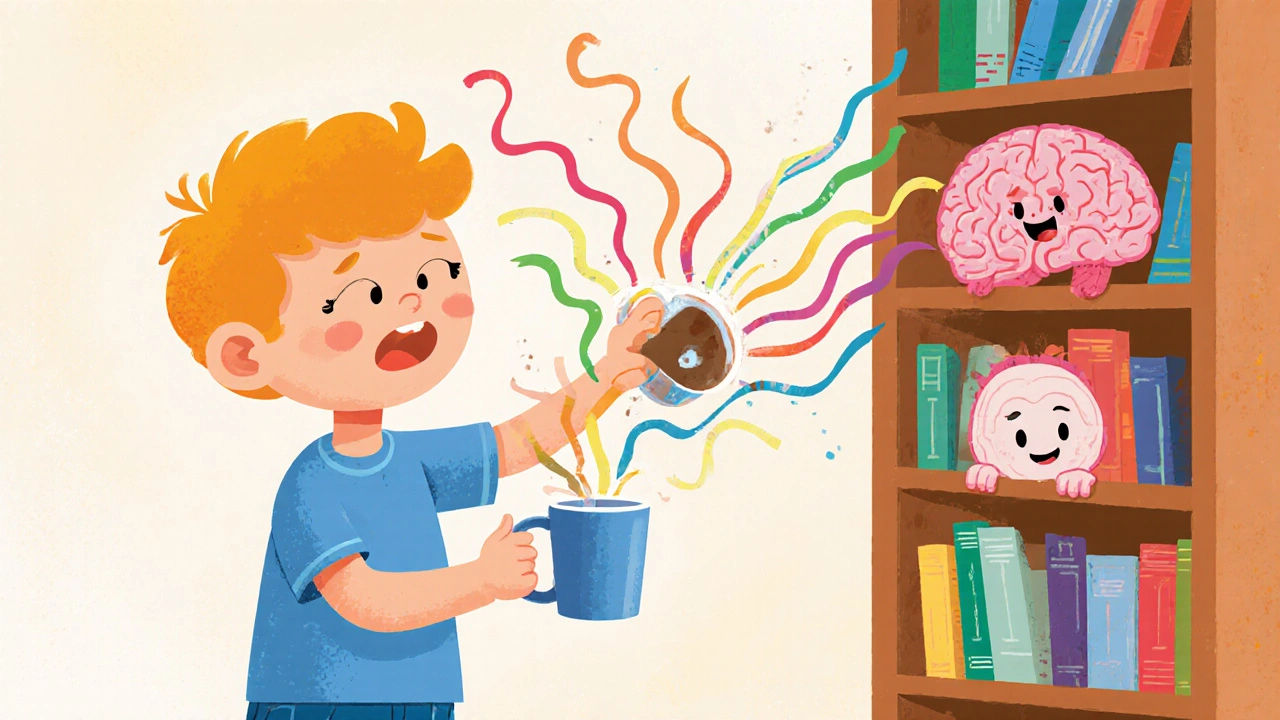Ataxia Therapy: Treatments, Causes, and What Actually Works
When your body doesn’t move the way it should—when walking feels like walking on ice, or your hand shakes when reaching for a cup—you might be dealing with ataxia, a neurological condition that disrupts coordination and balance. Also known as loss of motor control, it’s not a disease itself but a symptom of something deeper, like nerve damage, genetic disorders, or side effects from medications. People with ataxia often struggle with simple tasks: buttoning a shirt, speaking clearly, or even standing without holding on to something. It’s not just clumsiness—it’s the brain and nerves failing to send the right signals to the muscles.
There are many types of cerebellar ataxia, a form caused by damage to the cerebellum, the part of the brain that coordinates movement, and spinocerebellar ataxia, a group of inherited conditions that slowly worsen over time. Some forms show up in childhood, others only after 40. The cause matters because it shapes the therapy. If it’s from alcohol abuse, stopping drinking can help. If it’s from a vitamin deficiency, supplements can reverse it. But if it’s genetic, like many spinocerebellar types, therapy focuses on slowing decline, not curing it.
Ataxia therapy isn’t about pills that fix everything—it’s about rebuilding function. Physical therapy is the backbone: balance training, strength work, gait exercises. Occupational therapy helps with daily tasks—adaptive tools, grip aids, modified utensils. Speech therapy isn’t just for people who can’t talk; it’s for those whose words slur or who choke on food. Some patients use walkers or canes. Others get implanted devices to help with muscle control. There’s no magic drug, but research is growing. Studies show that compounds like riluzole and varenicline are being tested for certain genetic forms, and some patients report small improvements with high-dose vitamin E or coenzyme Q10.
What you won’t find in most therapy plans are quick fixes. Many online products promise to cure ataxia with supplements or devices—but they’re not backed by science. Real progress comes from consistency: daily exercises, regular check-ins with neurologists, and adjusting tools as your needs change. The goal isn’t to return to how you were before, but to keep moving, keep living, and keep doing what matters.
Below, you’ll find real-world guides on medications, therapies, and conditions linked to ataxia—from how certain drugs cause balance issues, to how iron levels affect movement disorders, to how genetic testing can clarify your diagnosis. These aren’t theoretical articles. They’re written by people who’ve seen the confusion, the frustration, and the small wins that come with managing this condition every day.
Ataxia: Understanding Coordination Loss and Effective Neurological Rehabilitation
Ataxia causes loss of coordination due to cerebellar damage. While there's no cure, targeted neurological rehabilitation can significantly improve balance, speech, and daily function. Learn what works, what doesn't, and how to access effective therapy.
View More
